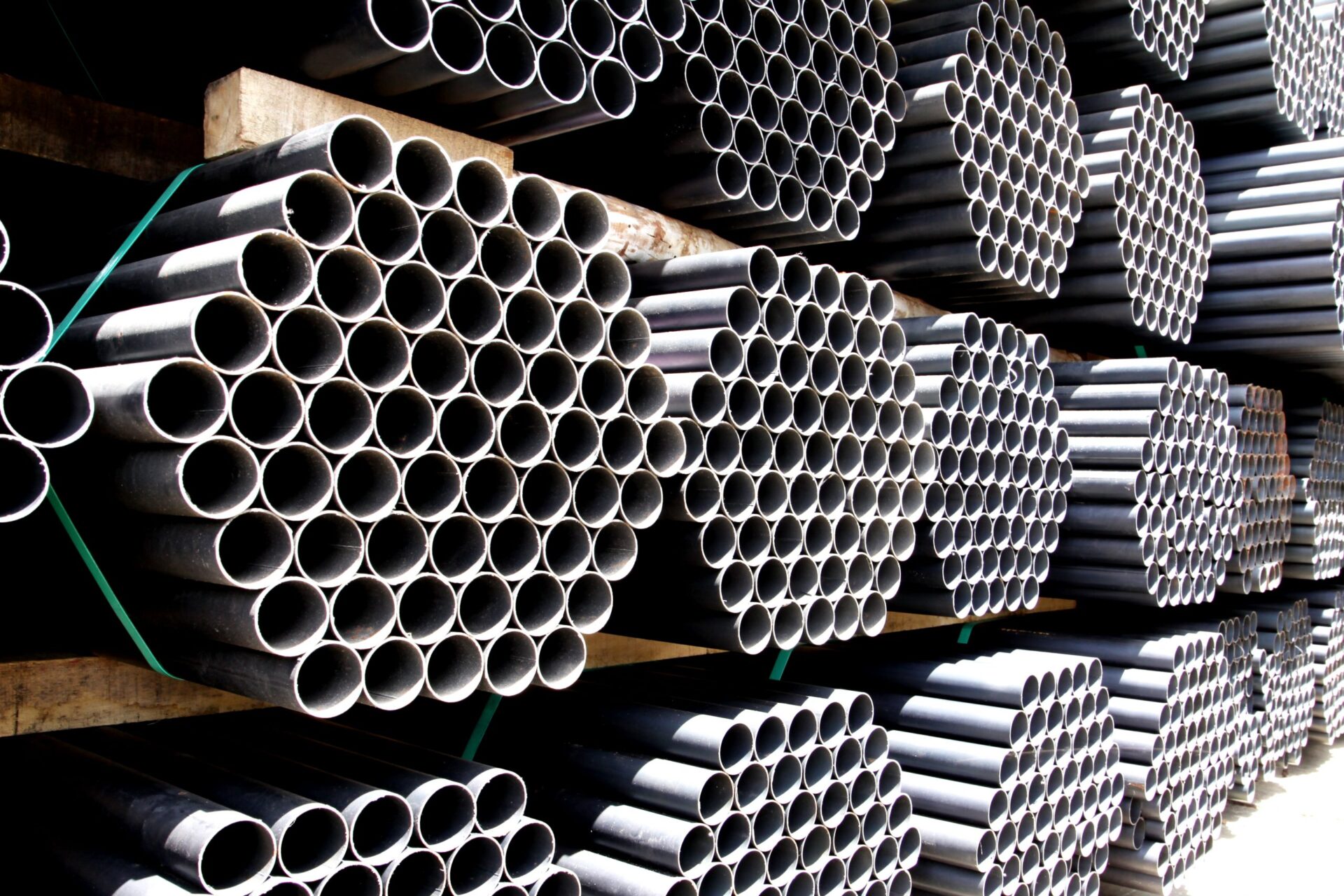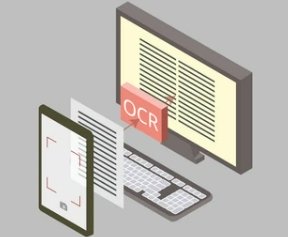What is OCR?
Introduction to OCR
Originally developed over 50 years ago for basic printed text recognition, OCR has since evolved with advancements in AI and machine vision. Modern systems can now accurately interpret various fonts, cursive handwriting, and even complex symbols like mathematical equations.
Beyond digitization, OCR is widely used in industrial applications, including defect detection, license plate recognition, automated inspection, and identification verification. By integrating OCR with AI-driven automation, businesses can enhance efficiency, improve accuracy, and reduce manual processing in high-volume environments.
Different Types of OCR
Simple OCR (Pattern Matching OCR)
Simple OCR relies on pattern matching, comparing scanned text to a database of pre-defined font and character templates. While effective for recognizing standard printed text, it struggles with variations in fonts, handwriting, and complex layouts.
ICR (Intelligent Character Recognition) – Handwriting Recognition
ICR is an advanced OCR technology designed to recognize handwritten characters. It is particularly effective with structured handwriting, such as neatly written characters in predefined fields (e.g., forms or lined documents). However, it faces challenges with cursive or highly variable handwriting styles.
IWR (Intelligent Word Recognition) – Whole-Word Recognition
IWR differs from ICR by recognizing entire handwritten words or phrases instead of identifying individual characters. Unlike ICR, which analyzes letter shapes, IWR recognizes entire words based on shape and context, making it more effective for cursive or highly variable handwriting. It also improves accuracy by using dictionaries and linguistic models to interpret words and correct errors.
How Does OCR Work?
Stage 1: Pre-Processing (Image Input)
Noise Reduction: Removing unwanted specks, smudges, or distortions that may interfere with text recognition.
Binarization: Converting the image into a black-and-white format to simplify character detection.
Deskewing: Correcting misaligned or tilted text to ensure proper alignment.
Thinning (Skeletonization): Reducing character thickness to create a clearer, standardized representation of each letter.
A well-prepared image leads to higher accuracy in text recognition.
Stage 2: Processing (Text Recognition)
Feature Extraction: The algorithm breaks characters into smaller components—such as lines, curves, and intersection points—to identify unique patterns.
Pattern Matching (Template-Based Recognition): The extracted features are compared against a predefined database of character templates to find the closest match.
Modern OCR systems may also integrate machine learning and neural networks to improve recognition, particularly for complex fonts, handwriting, or distorted text.
Stage 3: Post-Processing (Output and Error Correction)
Spell-Checking & Context Analysis: Correcting recognition errors using linguistic models.
Character Segmentation: Adjusting spaces between words and letters for proper text formatting.
Output Formatting: Converting the recognized text into a structured, searchable, and editable digital format (e.g., plain text, PDF, or database entry).
This final stage ensures the text is as accurate as possible before storage or further processing.
Applications of OCR
Document Digitization
Data Entry Automation
Image and Video-Based Text Recognition
Accessibility for Visually Impaired Users
Industry Applications of OCR
Manufacturing
In Industry 4.0, smart manufacturing relies heavily on data digitization and electronic workflows. OCR helps track production in real-time, creating a detailed, centralized database that improves efficiency, traceability, and decision-making. Through the digitization of shop floor data—such as part numbers, work orders, and handwritten logs—manufacturers can optimize operations and enhance overall productivity.
Food and Beverage
OCR technology is increasingly vital in the food industry to ensure accurate labeling and regulatory compliance. It helps detect errors on product labels, such as expiration dates and ingredient lists, preventing the distribution of mislabeled products and reducing the risk of costly fines. By improving quality control, OCR contributes to both compliance and consumer safety.
Pharmaceuticals and Medical
In the healthcare industry, OCR quickly converts paper-based records into digital documents, reducing manual data entry and ensuring accuracy in patient records. OCR also scans medication labels and packaging, instantly matching drug information to the patient’s profile in the backend system, ensuring correct prescriptions and treatments. This improves efficiency and accuracy in healthcare environments where timely data access is critical.
Logistics
OCR plays a crucial role in logistics by enhancing the accuracy and speed of package tracking. Integrated with automated systems such as conveyor belts, robotic arms, and drones, OCR enables real-time tracking of packages, ensuring timely deliveries and minimizing errors. Additionally, OCR helps in real-time inventory management, optimizing the warehouse’s distribution process and overall efficiency.




